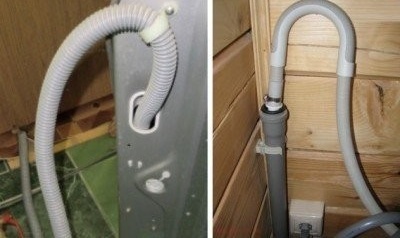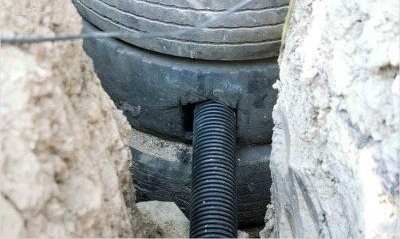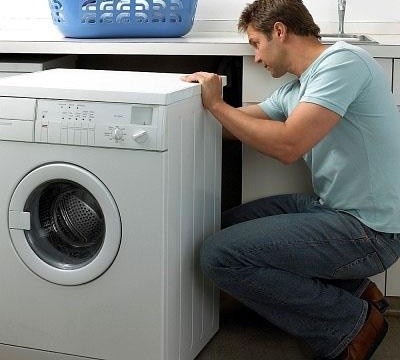How to drain the drain hose from the washing machine into a separate sewer from the tires?
Good afternoon. I would like to consult with you about the withdrawal of the drain from the washing machine. We live in a private house. Sewerage of its own. In order to less frequently call the sewer, I want to remove the drain from the washing machine into a separate sump from the large tractor tires so that the water goes directly to the ground from there. I plan to put the car in the stoker, punch a hole in the foundation, remove the pipe through it, put it on a double heater at the place of transition from the foundation to the ground, and cover the part that will turn out in the soil with one layer of insulation. Question: will such a scheme work and not freeze in winter? What depth is better to dig into the ground? And are 3-4 tires enough for the filter well?
How to make a drain
Theoretically, in your scheme there can be only one weak point: the exit of the pipe from the house. If the foundation is pierced above the soil level or at the same level, then in a place with severe winters even a double insulation will not save this part of the pipeline from freezing. During the discharge of water in high frost, the pipe will become full-blown and instantly transform the effluent into an ice plug. In winter, you often have to warm this place. Therefore, you need to drill a hole in the foundation below the soil level by at least 30 cm. And if you drain the runoff through the garden where the soil is being processed, the freezing level will be even deeper. Therefore, put the entire pipe to the sump at a depth of half a meter or more.
For a high-quality stack, you need to make a slight slope of the pipeline towards the well. Tentatively - 1 cm per meter. So you will ensure the movement of water by gravity and increase its speed, which also affects the resistance to freezing. To connect the corrugated hose of the washing machine and the sewer pipe, a reduction is used - a special coupling for connecting pipes of different diameters. A thin hole is connected to the drain, a thick one - to the sewer pipe.
When you are going to drain, consider that first you need to make a kind of siphon from the drain hose, which will not allow the smells of sewers to get back into the washing machine and into the room. To do this, special fasteners are provided on the rear side of the machine, where the hose must be inserted with the loop up. On the rest of the way to the well, pipes should go only with a downward slope, without drops. Otherwise, air jams that interfere with the discharge may form.

The drain hose from the washing machine is first lifted up, creating a loop that prevents the passage of odors from the sewer into the room
Pipe and well installation
When laying pipes you, of course, will have bends, not a straight line. If in some place a turn of 90 degrees is obtained, then do not connect the pipe parts with a tap. This is too sharp a turn, interfering with the normal movement of wastewater. It is better to put two half-bends of 45 degrees side by side to make the turn more smooth.
The depth of the tire well is determined by the volume of effluents, the frequency of use of the washing machine and the composition of the soil. If the machine erases once a day or less, then 3 wheels are enough for the drains to gradually go into the ground.

The outlet of the sewer pipe into your homemade sump should be at the level of the second wheel, for which a special hole erupts in the tire
But there can still play the composition of the soil. Water is quickly absorbed in sand or chernozem, and if you have solid clay under the fertile layer, the filtration will be weak, and runoff will rise and seep through the seams between the tires into the garden, changing the chemical composition of the earth and harming the plants. Therefore, clay must be selected from the pit, instead of it, a layer of sand should be covered, and gravel, which will be an additional filter, on top of it.



2 comments